7 Incredible Animals And Birds in Sulawesi, Indonesia
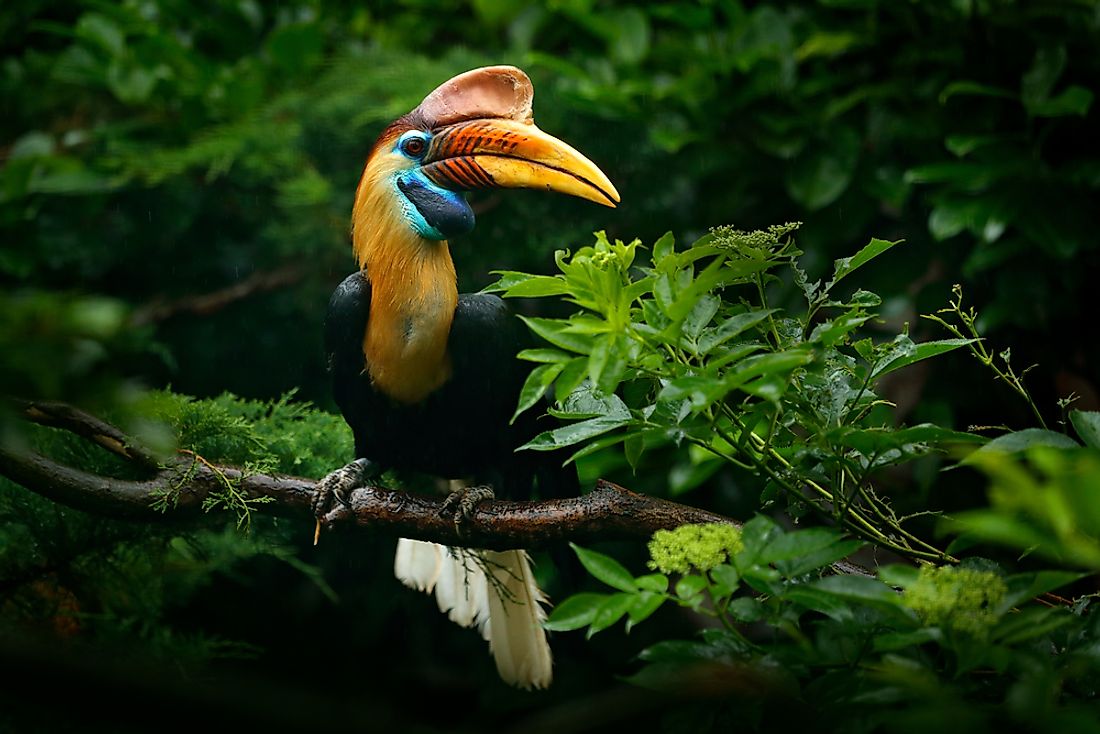
The Indonesian island of Sulawesi is one of the Greater Sunda Islands located to the east of Borneo in the Pacific Ocean. Sulawesi is included within the limits of Wallacea and thus features flora and fauna with both Australasian and Indomalayan traits. The separation of Sulawesi and its surrounding islands from the rest of the world by deep-water oceanic barriers had led to the evolution of new and endemic species in the region. Some of the most intriguing endemic animals of Sulawesi include:
7. Tarsius
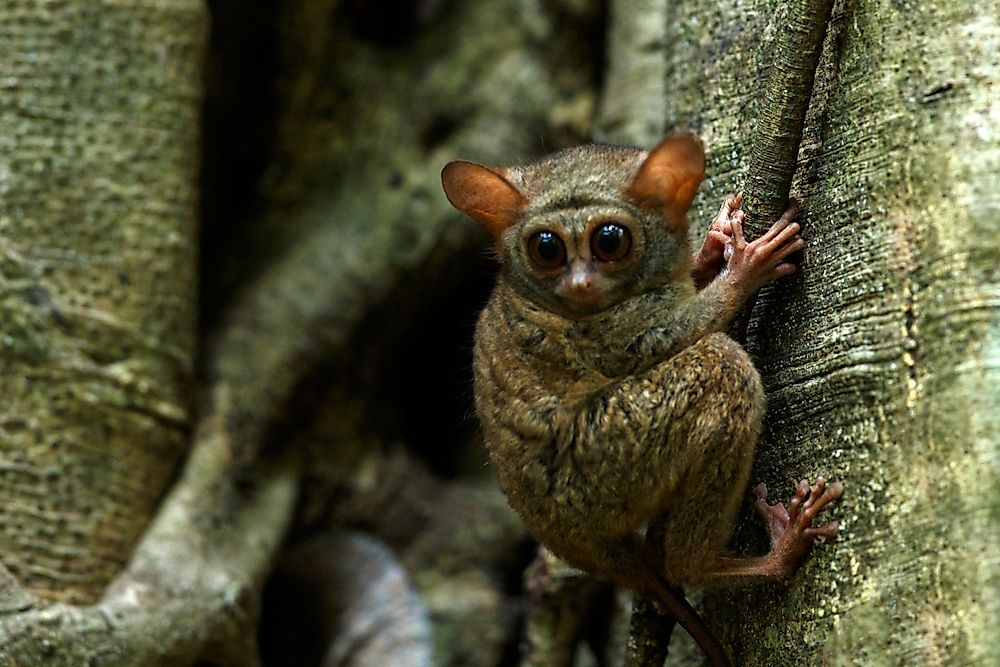
An animal that can fit in the palm of our hands, the Tarsius is the world’s smallest primate. It is found only in Sulawesi and some nearby islands. It has a length of only around 10 to 15 cm and weighs about 80 g. The large eyes of the tarsier, that is proportionately bigger than the rest of its skull and face, is its distinguishing feature. The Tarsius is actually a genus with eight or nine extant species. They are insectivorous in nature but can occasionally prey on birds and other smaller animals. Tarsiers mate for life and when one’s partner dies, the remaining tarsier will mate with no one else as long as it lives.
6. Sulawesi Hornbill

The Rhabdotorrhinus exarhatus or the Sulawesi hornbill is an endemic bird species of Sulawesi. It is a long, black bird with a yellowish hornbill. The male birds have a yellow throat and face. The Sulawesi hornbill is found in a variety of habitats ranging from tropical forests to swamps with elevations ranging from sea level to about 1,100 m above sea level. These birds feed on fruits and insects. The bird is listed as Vulnerable by the IUCN.
5. Black Macaque
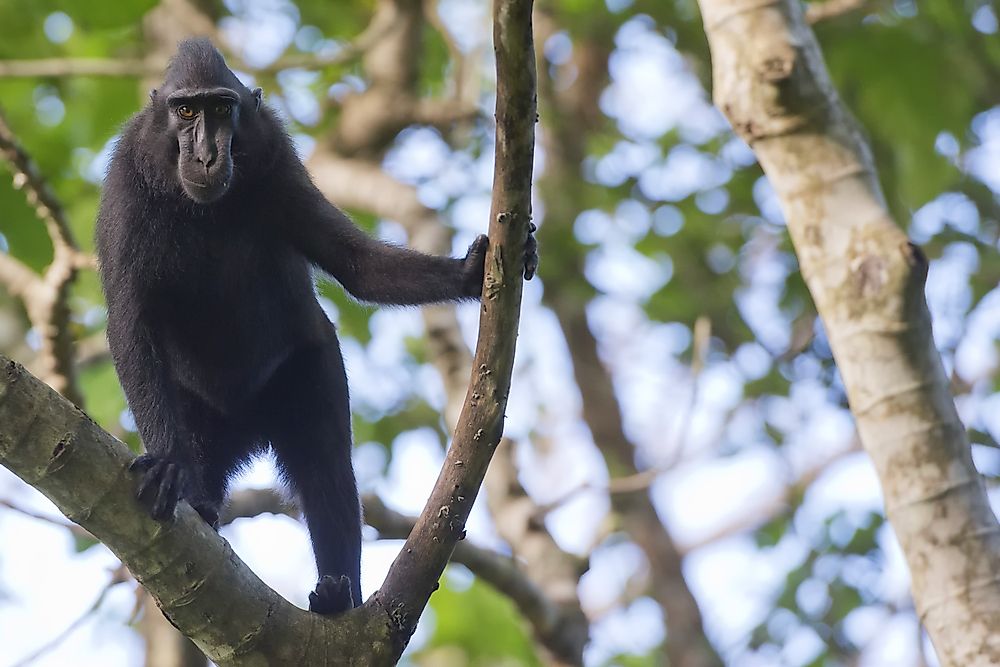
Also known as the Celebes crested macaque or Macaca nigra, the black macaque is another intriguing endemic animal of Sulawesi. It is found in the northern part of the island and a few surrounding smaller islands. It is jet black in color and has a long muzzle, high cheeks, and a long hair tuft or crest on its head. It inhabits the diurnal rain forests of Sulawesi and spends most of the time on ground socializing and foraging for food. It is omnivorous in nature and feeds on leaves, seeds, fungus, insects, birds and bird eggs, etc. It faces several threats to its survival like poaching for bushmeat, persecution by farmers as pests, and habitat destruction.
4. Sulawesi Bear Cuscus
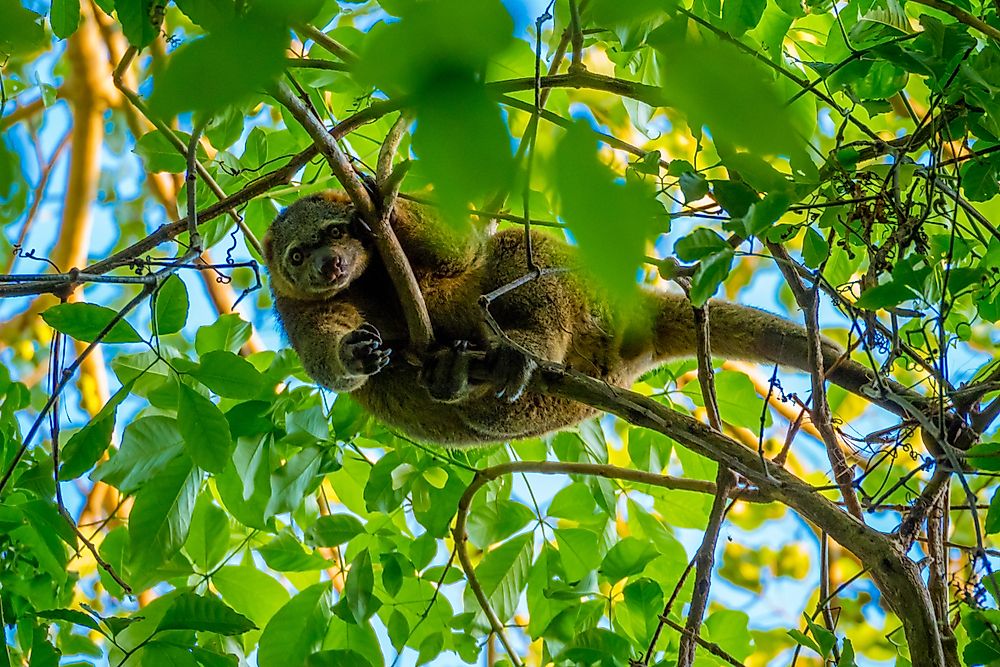
The Sulawesi bear cuscus or the Ailurops ursinus is an arboreal marsupial species found only in Sulawesi and some islands near it. This animal inhabits the tropical moist lowland forests and has a diurnal and folivorous nature. It is also threatened by poaching and habitat loss. The bear cuscus is also captured for the illegal pet trade.
3. Babirusa
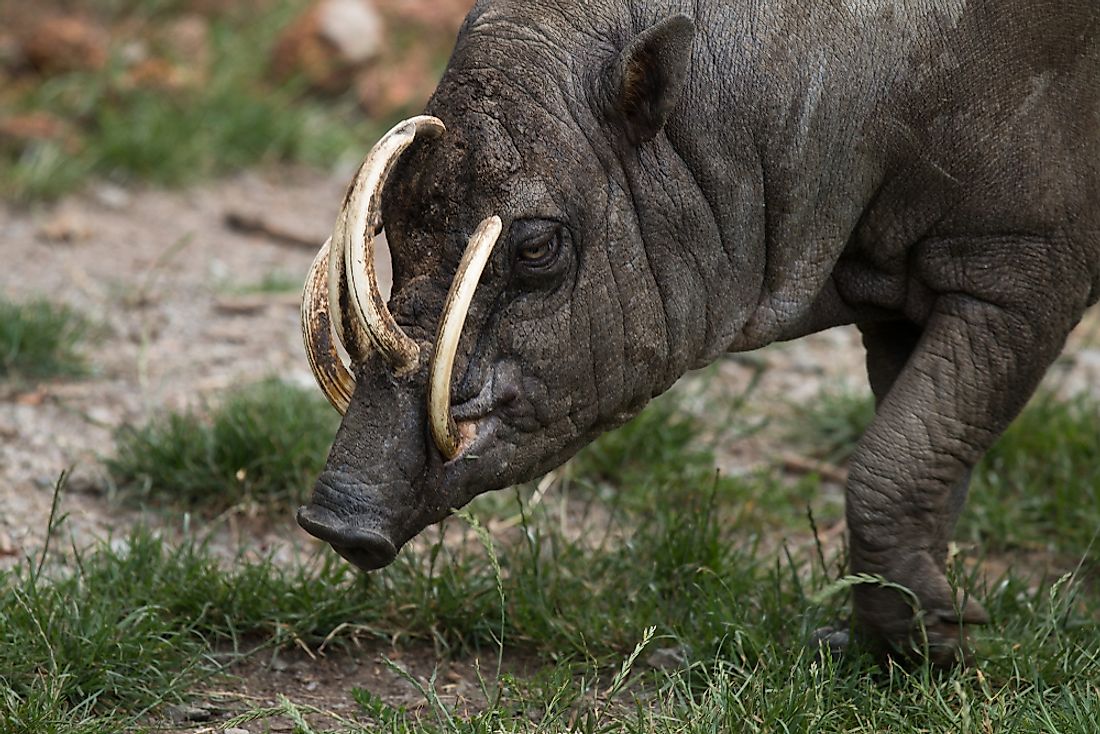
The Babirusa is a genus of the swine family that includes 3 to 4 species of wild animals that have a strange deer-pig appearance. These animals are also found only in Sulawesi and some other surrounding smaller Indonesian islands. The babirusa appears like “prehistoric” creatures with their two pairs of canine tusks curving inwards and upwards. The upper tusk often touches the skin on the snout. Unfortunately, the babirusa is being hunted extensively and is labeled as threatened on the IUCN Red List.
2. Anoa
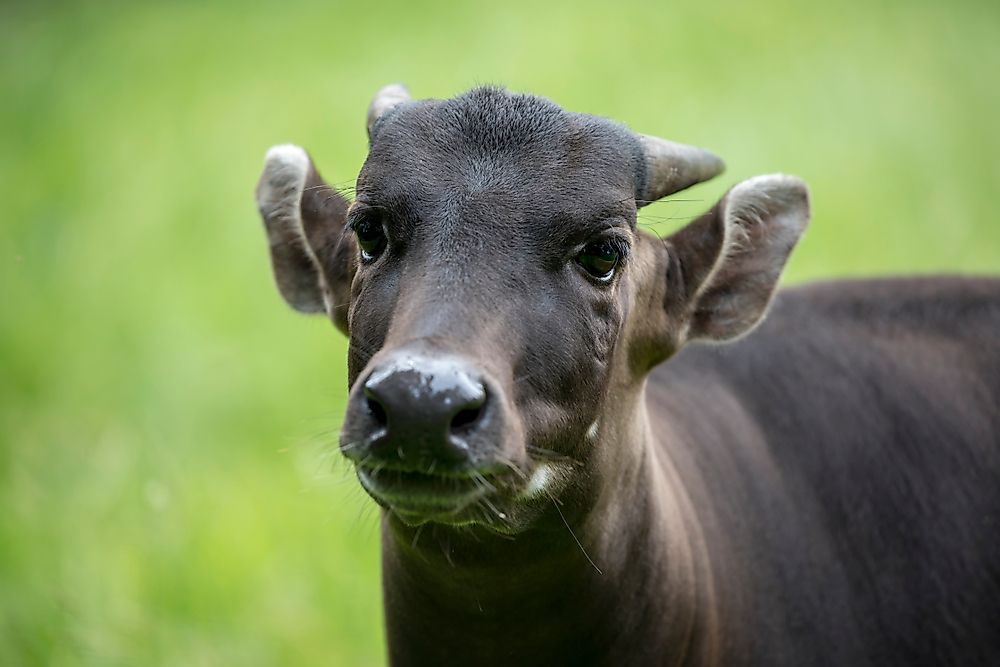
The Anoa or the midget buffalo comprises two species of the subgenus Bubalus found nowhere else in the world but Sulawesi. The two species are called mountain anoa and lowland anoa. They inhabit the primary rainforest habitats of the island. The Anoa have the appearance of miniature water buffalos and weight around 150 to 300 kg. Both the species are endangered. Hunting for their body parts and meat by the locals and the destruction of their habitat are the biggest threats to the Anoa.
1. Maleo
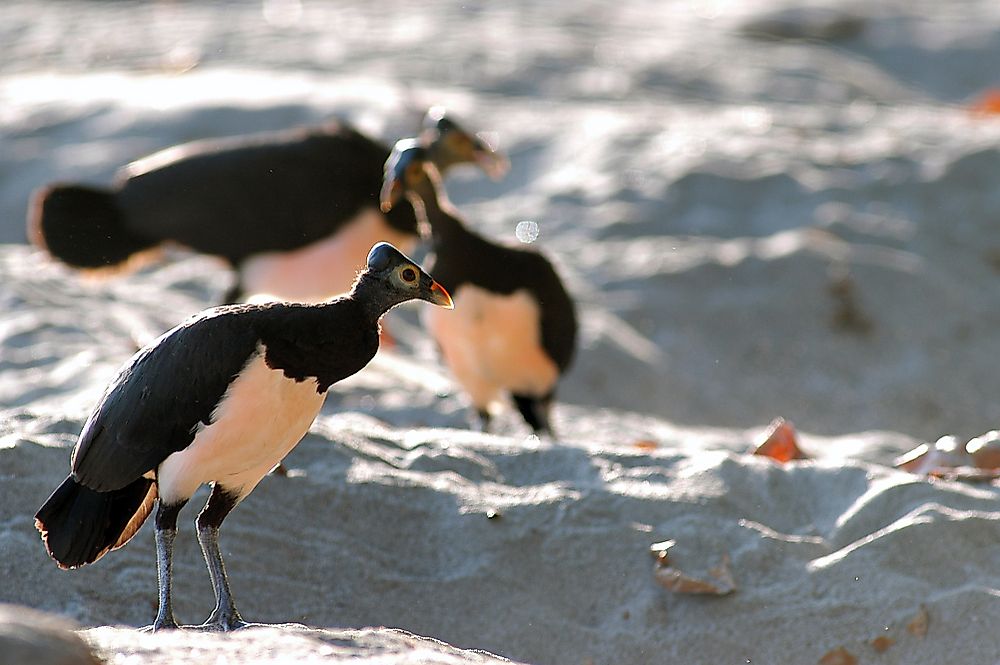
The Macrocephalon maleo, or simply the maleo, is a bird that is endemic to Sulawesi. It is found in the hill and lowland tropical forests of the island. However, it often nests in beaches, volcanic soils, or open sandy places as it needs the warmth of the sun for the incubation of its eggs. The maleo adorns a black plumage with rosy salmon underparts. A dark-colored bony casque forms the crown on its head. The beak of the maleo is reddish-orange in color and feet are grayish blue. The maleo feeds on both fruits and seeds of plants as well as insects, mollusks, etc. It is monogamous in nature and stays together as pairs.











